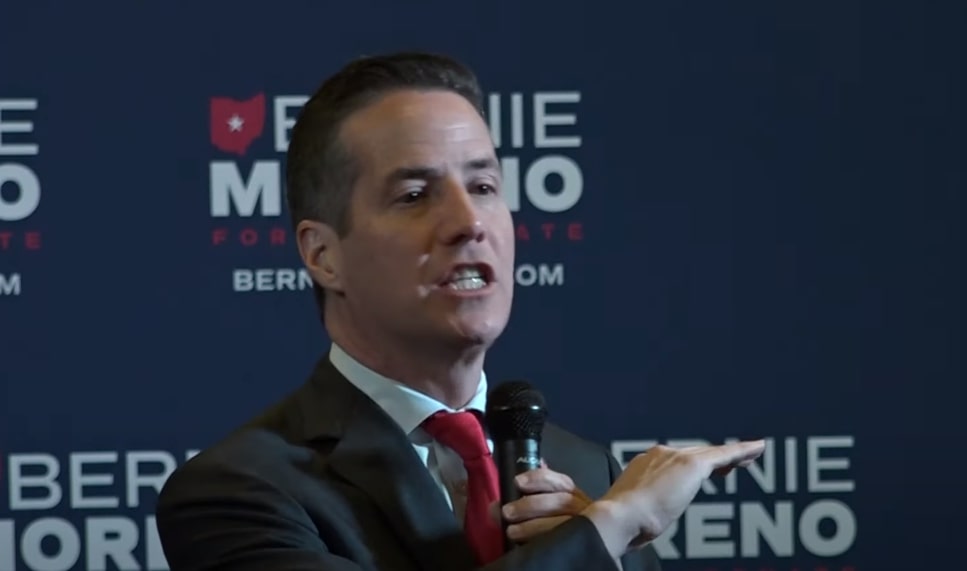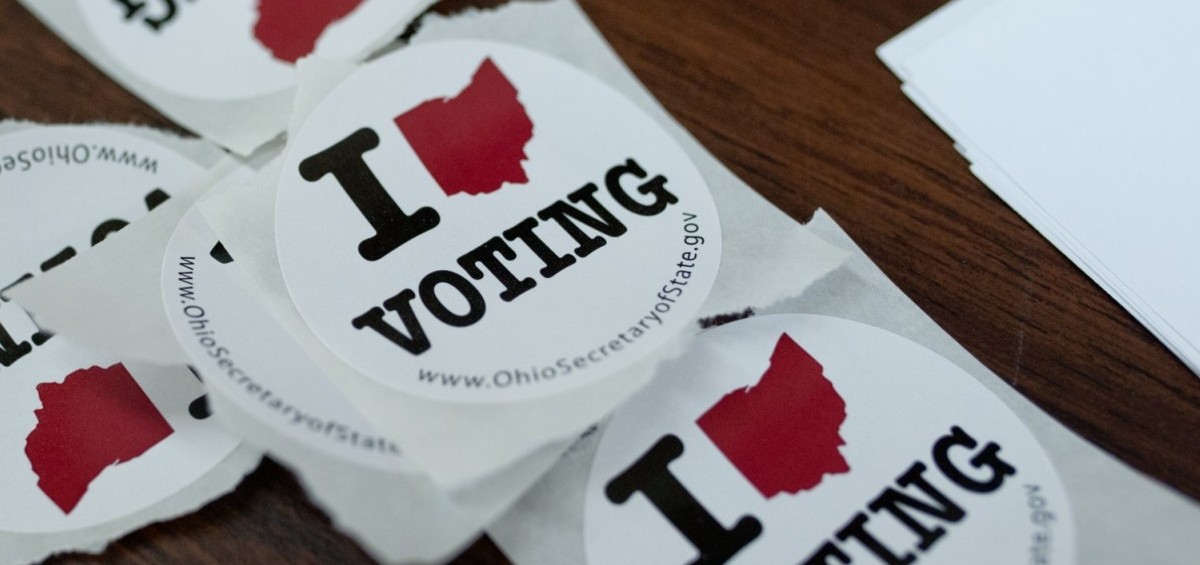Understanding Ohio’s election results is crucial for grasping their impact on local communities.
These outcomes influence local governance, community development, and future political landscapes.
Being informed about these results helps communities stay engaged and proactive in shaping their futures.
Presidential Election Results in Ohio

In the presidential primary:
- Joe Biden secured the Democratic nomination with a decisive 61% of the vote
- Donald Trump overwhelmingly won the Republican primary with 91% support
Historically, Ohio has been a bellwether state, accurately predicting the presidential winner in 29 of the last 31 elections.
This status underscores the state’s pivotal role in national politics. Ohio’s diverse demographic and economic landscape often reflect broader national trends, making its election results a microcosm of the country’s political climate.
The presidential election outcome has significant implications for local policies and federal support.
A Biden administration could prioritize healthcare, education, and infrastructure projects in Ohio, potentially bringing increased federal funding and support for local initiatives.
Conversely, a Trump administration might focus on deregulation and economic policies aimed at boosting local industries, particularly manufacturing and agriculture.
These differing approaches highlight the importance of Ohio’s choice and its direct impact on community development and local governance.
Ohio House Election Results

In the Ohio House special election, Michael Rulli emerged as the projected winner with 54% of the vote.
The breakdown of results by county revealed strong support for Rulli in Mahoning County, where he garnered 60% of the vote, reflecting local priorities such as job creation and economic development.
Trumbull County showed more divided support, with Rulli receiving 48% of the vote, indicating varying community concerns.
These results underscore voter priorities such as economic growth, healthcare access, and education funding. Rulli’s victory signifies a continued emphasis on these issues within legislative representation.
His win is expected to influence local policymaking, with potential legislative efforts aimed at boosting economic initiatives, improving healthcare infrastructure, and enhancing educational opportunities.
This election result highlights the dynamic interplay between local voter priorities and legislative actions, demonstrating the direct impact of electoral outcomes on community development and policy directions.
Ohio Primary Election Results

In the U.S. Senate Republican primary, Bernie Moreno led the race with 35% of the vote, indicating a strong base of support within the party.
On the Democratic side, Sherrod Brown ran unopposed, securing his position for the general election.
Key state senate and house races also reflected significant outcomes, with several incumbents maintaining their seats and new contenders emerging victorious.
A county-by-county analysis revealed diverse voting patterns, with urban areas like Franklin County showing higher support for Democratic candidates, while rural regions leaned more Republican.
Voter turnout was notably high, with a 10% increase compared to the previous primary, indicating growing political engagement among Ohioans.
These primary results set the stage for the general election, highlighting key battlegrounds and potential shifts in the political landscape.
The outcomes of these races will shape Ohio’s legislative priorities, influencing policies on healthcare, education, and economic development.
The increased voter turnout underscores the importance of these elections in determining the state’s future direction.
Local Election Results and Community Impact

In the Franklin County Prosecutor race, Shayla Favor led with 53% of the vote, indicating a shift towards progressive policies and criminal justice reform.
Various county commissioner and sheriff races also saw significant outcomes, with incumbents and new candidates addressing local concerns.
Local levy and tax measures, such as the school funding levy in Cuyahoga County, passed with 58% support, reflecting community prioritization of education funding.
Similarly, infrastructure improvement measures in Hamilton County received 62% approval, highlighting the emphasis on local development and service enhancement.
These local election results directly address specific community needs, with expected effects on local services, infrastructure, and community programs.
The outcomes reflect a community-driven approach to governance, where local issues and priorities guide election results and subsequent policymaking.
The Bottom Line
The Ohio election results have profound implications for local communities, influencing governance, policies, and development.
Staying informed and engaged in local elections is crucial for community involvement and future participation.
Active engagement ensures that community needs and priorities are effectively addressed.

